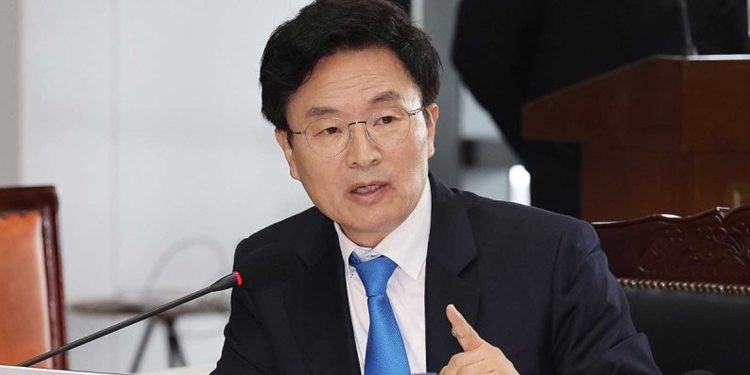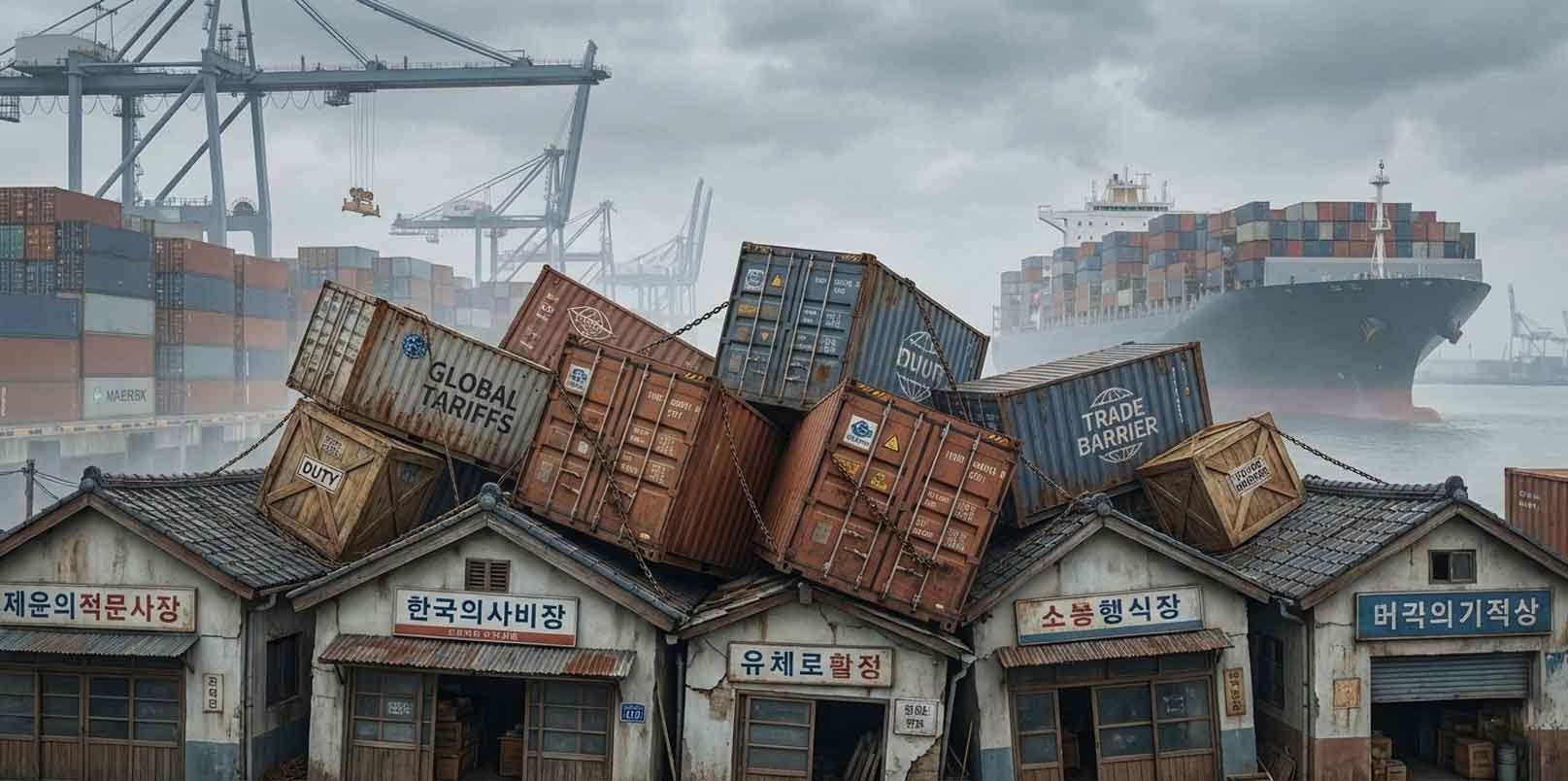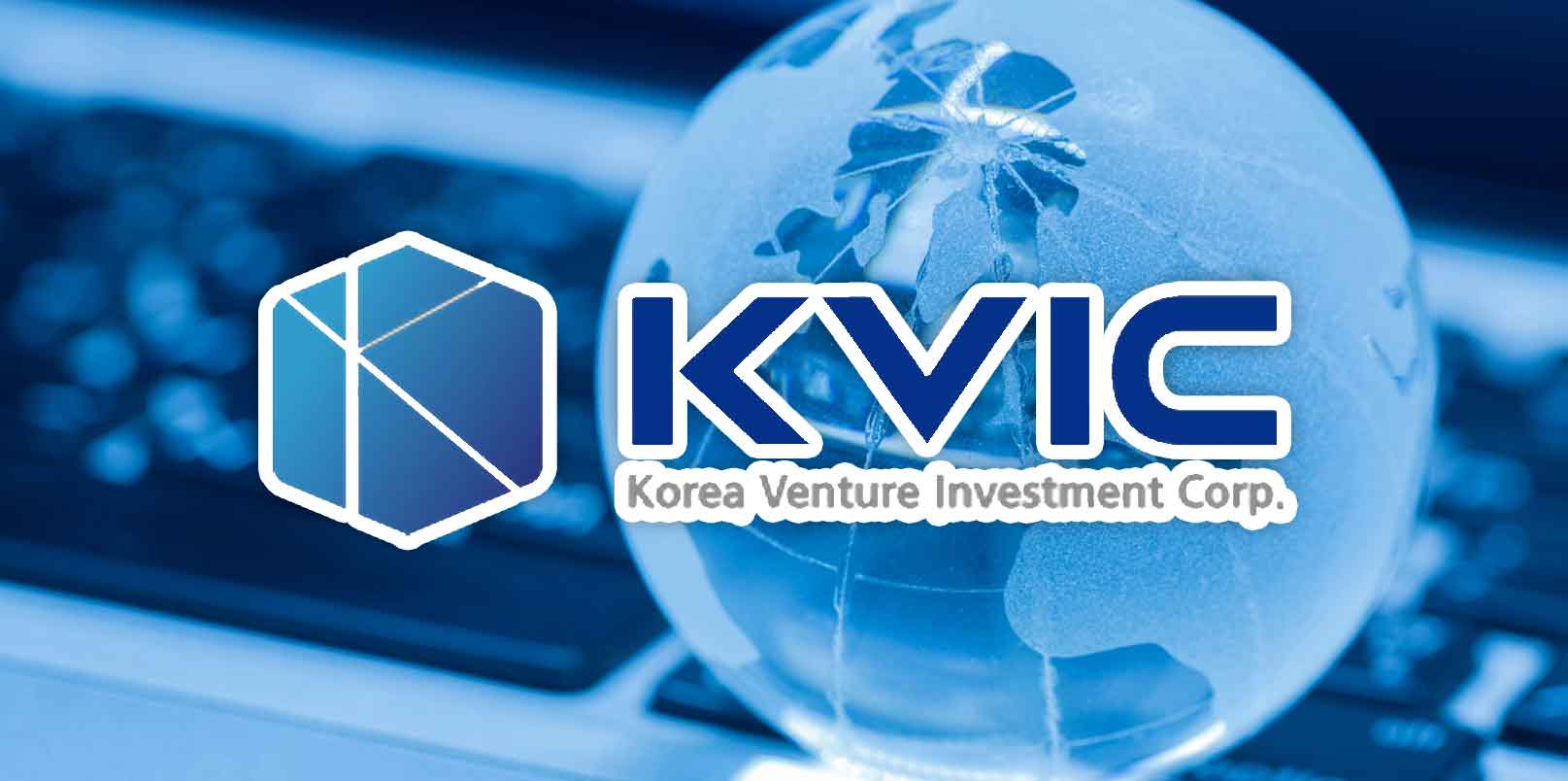South Korea is taking decisive steps to safeguard one of its most critical venture financing tools: the National Fund of Funds (Mother Fund). As policymakers move to extend its lifespan beyond 2035, the implications reach far beyond domestic startups. This debate underscores Korea’s intent to anchor long-term capital, strengthen deep-tech resilience, and position itself as a stable entry hub for global innovation.
Korea Moves to Extend National Fund of Funds (Mother Fund)’s Lifespan
The Korea’s National Fund of Funds (Mother Fund) is moving toward becoming a permanent cornerstone of the country’s venture capital market. The fund, launched in 2005, is legally set to expire in 2035.
On September 23, Rep. Jung Jin-wook of the Democratic Party of Korea introduced an amendment to the Venture Investment Promotion Act that would remove the expiration clause and allow extensions in 10-year increments. The amendment for this National Fund of Funds is now subject to approval by the general assembly of fund members.
The initiative reflects a growing bipartisan consensus that the Mother Fund remains essential for sustaining venture investment and must continue beyond its original 30-year term.
Why the Fund of Funds (Mother Fund) Matters
The Fund of Funds (Mother Fund) is a government-backed vehicle that invests indirectly by anchoring venture funds.
Over the past two decades, it has drawn in pension funds and other institutional investors, expanded capital access outside Seoul, and provided critical support to early-stage and smaller venture capital firms. As of the second quarter of 2025, the fund’s cumulative size had reached KRW 10.9 trillion (~ USD 7.8 billion).
In 2024 alone, it committed KRW 1.35 trillion, a 37.8% increase year-on-year. In contrast, private-sector contributions declined 25%, underscoring the fund’s continuing role as patient capital. Its share of total venture fund commitments stood at 12.8%.
Mother Fund: A Crucial Catalyst for Korea’s Venture Capital
Rep. Jung Jin-wook explained the motivation behind the bill:
“With private investors still lacking diversity and sufficient scale, ending the Mother Fund prematurely could weaken the foundation of the venture ecosystem. The fund remains a crucial catalyst for venture capital in Korea.”
Lee Dae-hee, the newly appointed CEO of Korea Venture Investment Corp. (KVIC), also pledged to prioritize the permanent continuation of the fund, describing it as the top policy task under his tenure.
A KVIC official added:
“The Mother Fund has underpinned the growth of Korean startups and created the base for private capital expansion. We will ensure stable operations in line with government policy and parliamentary decisions.”
Extending Korea’s National Fund of Funds: A Stronger Pathway for Global Innovators
Korea’s plan to extend the National Fund of Funds (Mother Fund) signals a commitment to patient capital in deep-tech and other long-horizon sectors where investment requires resilience and scale. Policymakers warn that ending the fund prematurely could weaken investor confidence and slow innovation.
The initiative is also central to President Lee Jae-myung’s agenda. The government has pledged to double Mother Fund contributions, targeting a KRW 40 trillion (USD 28.6 billion) venture market by 2030. The 2026 allocation is already set at KRW 2 trillion, twice the current year’s commitment.
Global founders, investors, and policymakers gain clearer signals from this move. Korea is reinforcing its venture infrastructure to remain a competitive entry point into Asia-Pacific innovation. By securing permanence, the Mother Fund is expected to stabilize venture flows, expand cross-border co-investment, and open stronger pathways for entrepreneurs using Korea as a launchpad.
The Road Ahead for Korea’s Venture Capital Landscape
If passed, the amendment would permanently remove uncertainty around the fund’s 2035 expiration. By securing a predictable capital anchor, Korea strengthens its ability to nurture high-growth sectors and expand its role as a venture hub in Asia.
Global founders viewing Korea as a potential entry point will also see a clear signal that the ecosystem is investing not only in direct funding but also in the infrastructure required to sustain patient, long-term capital. Investors and policymakers worldwide can then read this as a case study in how state-backed funds evolve into stabilizers of venture markets during periods of volatility.






